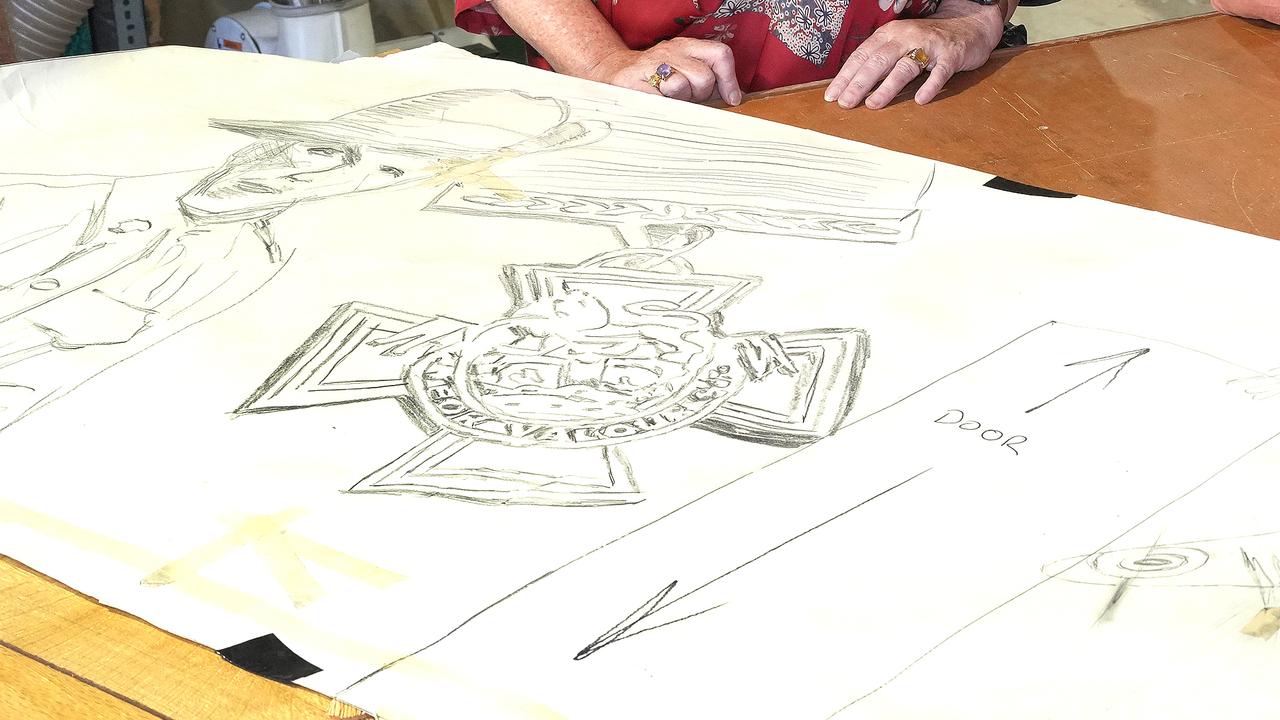These people died because our hospitals were too overloaded to admit them
Patients are dying in the back of ambulances which can’t offload them in overstretched hospitals, an alarming new report has found.
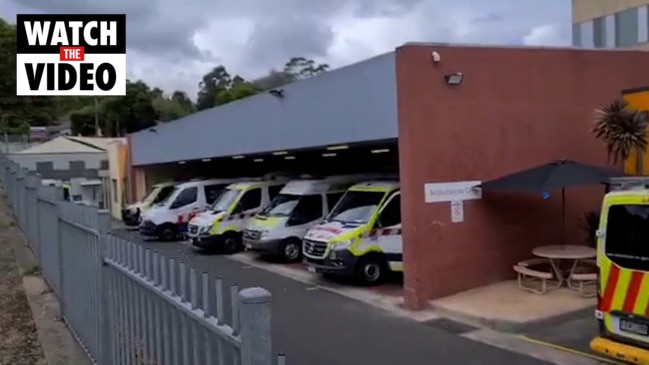
National
Don't miss out on the headlines from National. Followed categories will be added to My News.
Patients are dying in the back of ambulances which can’t offload them into hospitals because there are not enough beds or staff.
An alarming new report found every state in Australia is failing to meet ambulance performance targets, with significant logjams at critically-overstretched hospital emergency departments (ED).
The report card, from the Australian Medical Association (AMA), showed it can take hours for an ambulance to arrive due to paramedic vehicles being “ramped” outside the EDs and unable to attend to new calls.
It “paints a terrifying picture for all Australians” and is a key reason the federal government must lift its funding of public hospitals from 45 to 50 per cent, AMA President, Dr Omar Khorshid said.

“Ambulance ramping outside hospitals – sometimes for hours – means not only are patients not receiving timely care, but paramedics can’t respond to new emergencies. This is what we see when our public hospitals are in logjam,” he said.
“No matter who we are, or where we live, when it’s an emergency we all call for an ambulance to take us to our public hospital. But increasingly they can’t come and are instead waiting outside an overloaded hospital.”
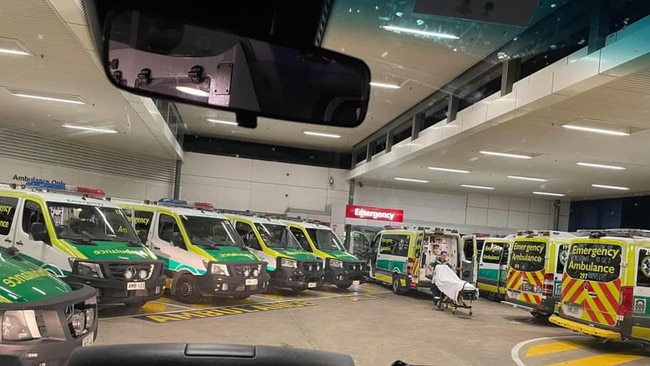
SOUTH AUSTRALIA
South Australia is the nation’s worst performer. It has a target of 90 per cent of patients being transferred to the ED within 30 minutes, but in 2020-21 only 54.1 per cent of patients were transferred within the target time frame.
In March, three people including a patient aged in their twenties died while waiting for an ambulance in Adelaide.
One patient waited more than two hours for help, another 56 minutes and in the third case, it took paramedics 45 minutes to respond.
In January, patients across Adelaide were waiting up to seven hours for an ambulance to arrive and there was a backlog of 42 life-threatening cases with no spare crews to attend.
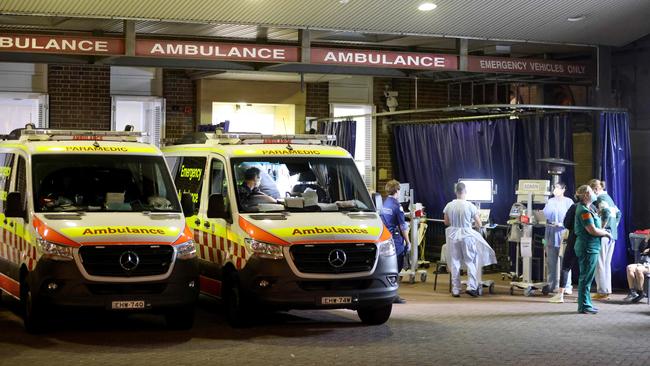
NSW
While 84.8 per cent of patients in NSW were transferred within 30 minutes in 2020-21, NSW performance has been gradually deteriorating each year.
Last month a man died on an ambulance stretcher after waiting an hour for a bed in Concord Hospital’s emergency department.
And in May last year, a 78-year-old woman who lived seven minutes from Westmead Hospital died after it took an ambulance 49 minutes to reach her.
Four Covid-positive patients queued for up to seven hours in August last year to be admitted to Westmead Hospital, forcing NSW Health to apologise.
The ambulance union, which is pushing for an extra 2000 paramedics, has warned in 2021 four in ten ambulances did not reach priority 1A cases – the most severe – within the 10 minute benchmark.
VICTORIA
The AMA report shows Victoria transferred 72.7 per cent of patients within 40 minutes, falling short of its 90 per cent target.
The state’s ambulance service became so overwhelmed earlier this year 12 people, including four children, died after those trying to save them from critical injuries or illness made desperate calls to Victoria’s triple-zero service that were never answered or were picked up too late.
The Andrews government announced a $115.6 million reform package to solve the crisis.
Last month a 72-year-old man died while waiting in the back of an ambulance for more than three hours for a bed at the Bairnsdale Regional Health Service in east Gippsland.
Earlier this year an 87-year-old Swan Hill man died after waiting 40 minutes for an ambulance. Paramedics were not dispatched immediately despite his family calling triple-zero.
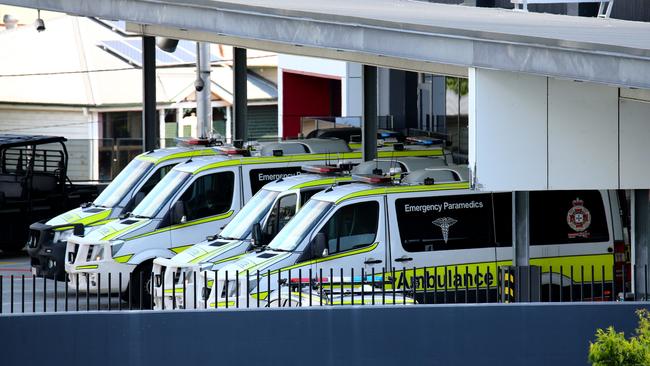
QUEENSLAND
Queensland only managed to transfer 65.2 per cent of patients from ambulances into hospital emergency departments within its target 30 minutes in 2020-21.
Last month a 98-year-old grandmother was left waiting seven hours for an ambulance after breaking her hip in two places.
In January a 78-year-old Brisbane man died while waiting more than an hour for an ambulance after he experienced breathing difficulties due to Covid.
A Townsville woman in her 40s died in her driveway in January after paramedics also took more than an hour to arrive.
TASMANIA
Tasmania has a target to deliver 100 per cent of patients into a hospital bed in 30 minutes, but only 79.6 per cent were transferred in this time frame in 2020-21.
Last month a 77-year-old man who waited more than four hours for an ambulance after sustaining a head injury died by the time a crew arrived.
WESTERN AUSTRAILA
Western Australia aims to transfer 90 per cent of patients from ambulance to an ED bed within 30 minutes but managed that for only 62.7 per cent of patients in the December 2020 reporting period.
Ambulances spent more than double the number of hours ramped outside WA hospitals in 2021 than in 2020 (52,439.9 hours in 2021 compared to 25,902.1 hours in 2020).
The number of ramped hours has also been increasing there since 2017, with a five-fold increase in ramped hours from 2017 (9819.1) compared to 2020.
ACT
The ACT has a target of transferring 90 per cent of patients from ambulances into ED within 40 minutes but only transferred 62.3 per cent in that time frame in 2020-2021.
NT
The NT reports average transfer times and aims to transfer all patients within 25 minutes. In 2020-21 the average transfer time was 30.6 minutes for all NT hospitals, and 35.2 minutes for the Royal Darwin Hospital.
Dr Khorshid said the report provided further evidence of the public hospital crisis being a national issue, requiring a national response.
“I want to be clear, we’re not saying ambulance ramping is the fault of our incredible paramedics and ambulance staff or our overstretched emergency department workers. This is a hospital logjam issue pure and simple, caused by a lack of public hospital capacity.
“It’s time the major parties use the last week of the campaign to commit to lifting our hospitals out of crisis,” Dr Khorshid said.
Join Dr Khorshid, Medicines Australia chief Elizabeth de Somer and former health department chief Stephen Duckett as they discuss the key election health issues tonight at 8pm on our website.
Surprising reasons Australians use medicinal cannabis
Crucial diabetes drug sold to Aussies for weight loss
More Coverage
Originally published as These people died because our hospitals were too overloaded to admit them




